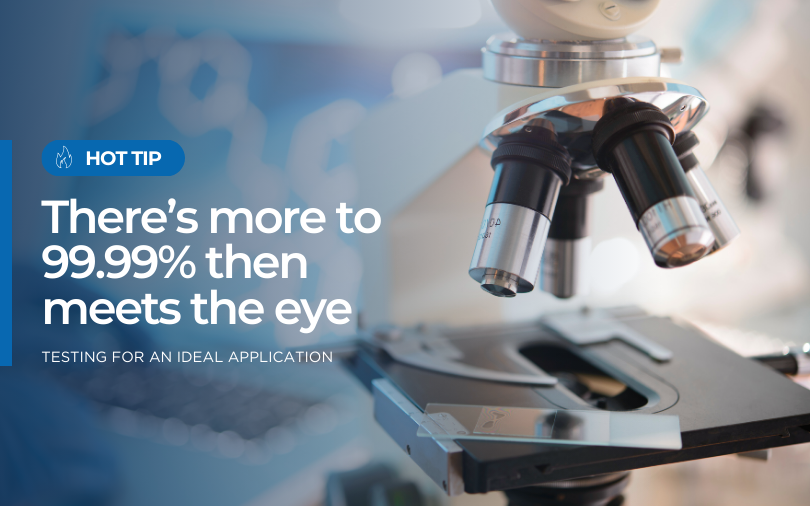Imagine… You are working in a quality assurance team, reviewing a product for a retailer which demands a high performance anti-bacterial. You just received your test results from the microbiological laboratory and you note a >99.99% log reduction against tested bacteria and think “FANTASTIC! These are just the results we are looking for.”
It may be tempting to celebrate your results, but does this mean you have a good application? Not necessarily…
Unlike visible treatments, like dyes or subjective finishes, such as softeners, biotechnical treatments, such as anti-microbials are invisible.
HealthGuard® operates invisibly, acting as a silent protector to maintain the hygiene of properly treated products and repel nuisances like dust mites, mosquitoes, and bed bugs.
While application of HealthGuard® is straightforward, it demands understanding of various processing factors, such as: fabric construction, application methods, drying temperatures, and more.
So how could a >99.99% or a large zone of inhibition in a petri dish test indicate a poor application?
These seemingly celebratory results could indicate an over application, meaning:
- Over exposure to the user of active ingredients, meaning the product could be unsafe.
- Product wastage.
- High application costs.
- Higher concentrations of active present in effluent treatment plants, hampering biodegradability.
When you send your HealthGuard® treated products to our office for testing, we don’t only organise an independent test for microbiological performance, but we also request mathematical testing to objectively determine the levels of HealthGuard® present are within an ideal application range.
To us at HealthGuard®, a FANTASTIC result is not one which loads on copious amounts of treatment for a >99.99%, but one which assesses how to optimise your application for a holistically FANTASTIC result.

